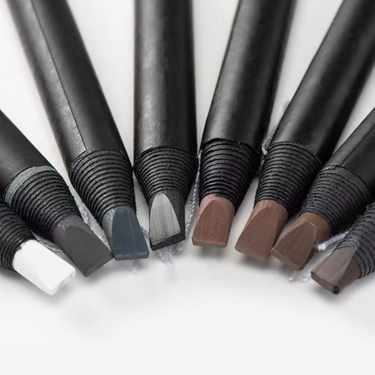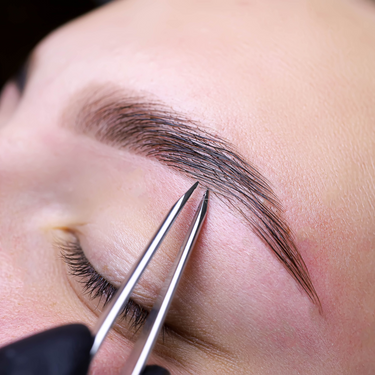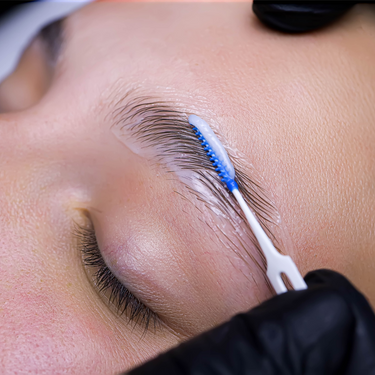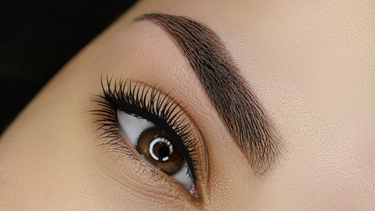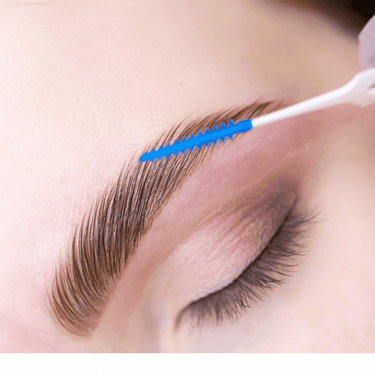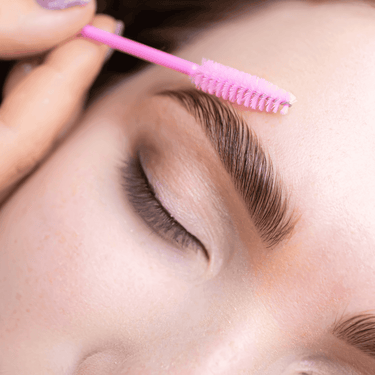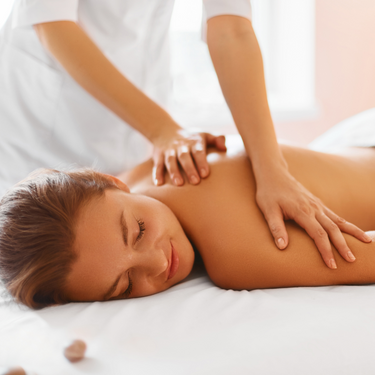
Massage Therapist Self-Care: Mastering Posture and Body Mechanics
As a massage therapist, your body is your most essential tool. Proper posture and body mechanics are crucial—not only to ensure the comfort of your clients but also to protect yourself from injury and fatigue. By leveraging your body effectively, you can maintain your energy and career longevity while delivering high-quality treatments.
Let’s explore some key practices to help you stay strong, healthy, and effective in your work.
Why Posture and Body Mechanics Matter
Poor posture or improper body mechanics can lead to:
- Chronic pain in your wrists, back, neck, or shoulders.
- Fatigue from inefficient energy use.
- Injuries that can shorten your career.
Adopting correct techniques can help you avoid these issues while enhancing the quality of care you provide to clients.
Essential Tips for Posture and Body Mechanics
Leverage Your Body Weight
- Use your body weight, not just your hands or arms, to apply pressure.
- Engage your largest muscles, like your legs and core, to lean into techniques instead of pushing.
- Ensure your movements are smooth, purposeful, and rhythmic to conserve energy.
Engage Your Core
- Keep your core muscles active throughout the session to stabilize your body and protect your lower back.
Warm-Up and Stretch
- Spend a few minutes stretching and warming up before each session to prepare your muscles.
- Incorporate daily exercises to strengthen and stretch your muscles, reducing the risk of overuse injuries.
Breathe Properly
- Practice diaphragmatic breathing to stay relaxed. This prevents tension in your shoulders and neck.
Key Areas to Monitor
Table Height
- Adjust the table so your arms hang naturally when standing beside it.
- Ideally, your fingertips or first knuckle should brush the surface with straight arms.
Feet
- Stand with your feet shoulder-width apart for stability and balance.
- Shift your weight from foot to foot in a swaying motion to maintain momentum without overexertion.
- Always point your feet in the direction of your work.
Knees
- Avoid hyperextending your knees—keep them soft and relaxed.
Back
- Keep your back straight and avoid bending at the waist.
- Never twist or reach; reposition yourself instead to maintain alignment.
- Your navel should always point directly at the area you’re working on.
Neck
- Keep your neck straight and avoid forward head posture.
- Remember, massage is a tactile skill—don’t strain your neck by over-relying on vision.
Shoulders, Wrists, and Arms
- Relax your shoulders, wrists, and arms during sessions.
- Maintain a wrist angle of about 120 degrees to avoid hyperextension.
- Position your arms at a 45-degree angle to stay behind your work.
Common Causes of Pain During Massage
Pain while administering massage is often due to:
- Improper technique.
- Incorrect table height.
- Poor posture and body mechanics.
- Lack of muscle strength or flexibility.
By addressing these factors, you can reduce discomfort and prevent injuries.
Final Thoughts
Your self-care as a massage therapist is as important as the care you provide to your clients. Prioritising your posture and body mechanics not only protects your health but also enhances your practice, allowing you to deliver effective treatments with confidence and ease.
Incorporate these techniques into your daily routine and sessions—you’ll feel the difference and so will your clients.
Take care of yourself, and your career will take care of you!



